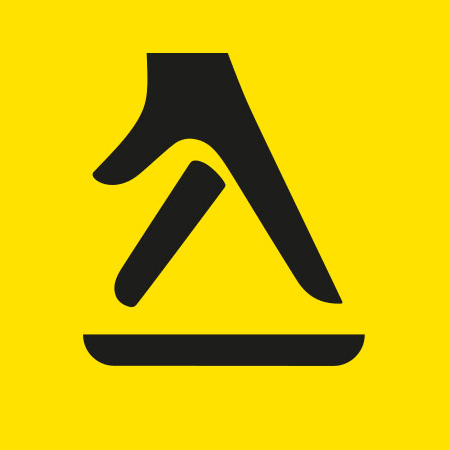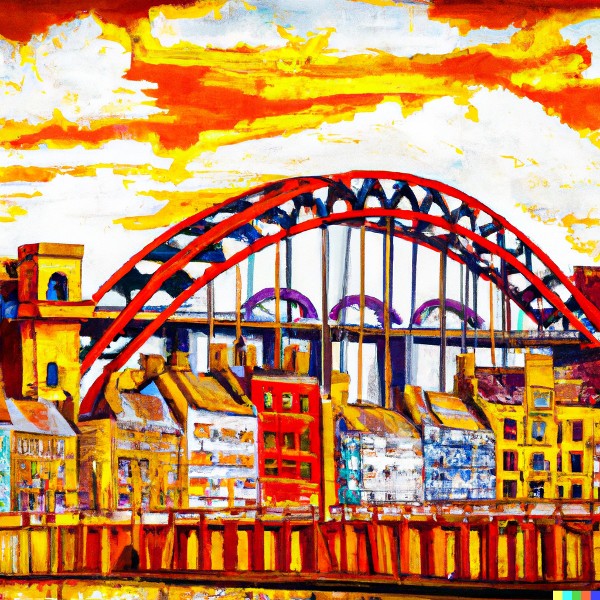Gas Boiler Repairs in Newcastle upon Tyne
- Small Local Business
- Gas Safe Registered
- Fully Insured
- No Call Out Fees
- Free Quotes
Housewarm
Housewarm is a local business carrying out boiler repairs in Newcastle upon Tyne, going strong for over a decade.
My name is Steven and I was born in Newcastle general hospital in 1979. I incorporated Housewarm Limited in 2011 to provide heating and plumbing services to homes in my local home town area.
I have all the plumbing tools, knowledge and experience needed to carry out heating and plumbing jobs to a high standard.
With no call out fees and free fixed price quotes, I can offer a recommended and experienced gas engineer for boiler repairs at competitive prices.

Expert Boiler Repair
Faulty boiler not working properly? No heating, no hot water, or both?
Whether your boiler has intermittent problems, or it’s completely broken down, a gas engineer can diagnose and fix your broken boiler for a one-off boiler repair fee.
I will supply and replace any parts needed. A one-off gas boiler repair will normally be diagnosed and fixed on the same day.
Sometimes a same day diagnosis and repair isn’t possible, for example when you have an old boiler, and you can’t get the parts easily, if at all.
I will do my best to get your boiler working as soon as possible.
I will diagnose the problem and give you a fixed price quote to fix your boiler.
Boiler repairs start from £60 plus the cost of any part(s), this is the most common boiler repair cost from Housewarm.
Most boiler parts can be supplied and fitted on the same day as diagnosis.
To keep on top of things and help prevent boiler breakdowns, I highly recommend getting an annual boiler service.

Testimonials






FAQs
Frequent questions and answers
Do you provide any warranties or guarantees on your work?
Yes, I can guarantee all work carried out by Housewarm for a full 12 months and I will fix any problems caused by the installation or work done.
Brand new parts typically come with a 12 month warranty from the supplier, but sometimes second hand parts for boiler repairs are the best (or only) option and might not have a warranty.
What is the lifespan of a boiler?
The lifespan of a boiler can vary, but with proper maintenance, a boiler can last between 10 to 20 years. Factors such as usage, boiler installation quality, and the type of boiler can impact its longevity.
What should I do if my boiler is leaking water?
Turn off the power supply to the boiler if it starts leaking. Leaks can be caused by many parts on the boiler and getting a gas engineer in to sort the problem is the best and safest way to deal with it.
What does it mean if my boiler's pressure is too high or too low?
Your boiler pressure being too low means it needs topped up, but if it keeps happening you will have a leak somewhere on the central heating system.
Boiler pressure being too high often means there is an expansion vessel problem, or the filling loop is letting water in because it isn’t closed properly or is faulty.

Boiler Repair in Newcastle
Get a gas boiler service, boiler repair, or boiler installation from an experienced Gas Safe registered engineer in Newcastle upon Tyne, Gateshead, Wallsend and surrounding areas in the North East of England.
Gas Safe registered engineers (or heating engineers) are required for boiler servicing, boiler repairs, new boiler installations, or work on any other gas appliances.
